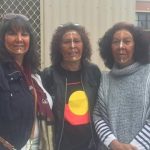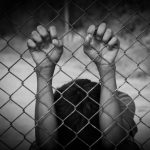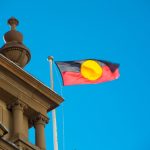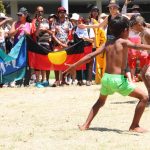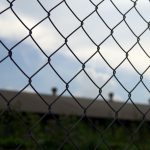Australia’s Dirty Secret: Indigenous Youth Incarceration
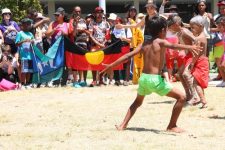
International human rights group Amnesty International is putting its global might behind a campaign to change one of Australia’s ‘dirtiest secrets’: that the vast majority of young people behind bars are Indigenous.
The organisation points out that the detention of children, especially those under the age of 14, embeds them in ‘quicksand’ – entrenching the life-long adverse effects of early incarceration.
The statistics are indeed appalling. Indigenous children across Australia are 24 times more likely to be locked up than non-Indigenous ones. The contributing factors are as many as they are varied: poverty, lack of social support, education and housing, systemic drug and alcohol abuse in families, family violence, targeting by police and unfair treatment by the courts.
Evidence suggests that not only are Indigenous people more likely to come to the attention of police, their chances of being charged over relatively minor offences and ultimately receiving custodial sentences are far higher.
Amnesty is calling for substantial targeted funding to address the underlying contributing factors, as well as a cultural change in the way Indigenous people – especially youth – are treated by law enforcement and the criminal justice system. The organisation has also called for an increase in the age of criminal responsibility, to reduce the likelihood of children being stigmatised and alienated by early incarceration.
Age of criminal responsibility
In Australia, a child can be prosecuted for a criminal offence from the age of just 10.
Amnesty has launched a campaign backed by backed by Indigenous groups, lawyers and doctors, to raise the age to 14 – which it says is in line with international standards, as well as medical research regarding the age of understanding of criminality and the effects of imprisoning young children.
The impact of youth detention
Research consistently suggests that children locked in detention centres are far more likely to become chronic adult offenders than those who are diverted away from the criminal justice system.
Imprisoned children are far less likely to complete school, engage in further education and training, or to obtain employment. They tend to have limited social support systems, and are often the product of dysfunctional families.
Many have undiagnosed or untreated psychological, behavioural and learning problems, which can set them up for a life of limited opportunities.
In addition to this are the horrendous reports of mis-treatment and abuse of children in many of these facilities.
Focus on Queensland
Amnesty has primarily directed its calls to the Queensland government, which is currently drafting a youth justice strategy, which is due for completion later this year.
Queensland detains more 10-to-13-year-olds than any other jurisdiction in Australia; and more than 70% are Indigenous.
But other areas also have alarming rates of indigenous incarceration. Recent figures from NSW show that of the 281 children in detention centres, 145 (roughly 52%) are Indigenous.
And in the Northern Territory, new figures reveal that 100% of children in detention are Aboriginal. Like Amnesty, the final report of the Royal Commission into the Protection and Detention of Children has recommended the NT raise its age of criminal responsibility.
Young, undeveloped brains
Youth advocates and child psychologists say the current age of criminal responsibility fails to recognise the factors that contribute to juvenile crime.
Indeed, behavioural and neuroscientific studies suggest the brain undergoes an intense period of development and synaptic change during prepubescence and adolescence, which impacts how children perceive and react to risk-taking – especially when under peer pressure.
The 10 to 14 year old brain has not yet matured enough for the kind of self-regulation that adults possess to weigh pros and cons, and this is one of the reasons pre-teens and young adolescents engage in ‘rebellious’ and ‘risky’ behaviour – which can amount to a criminal offence.
Diversion rather than incarceration
Organisations like Amnesty point out the proven long term social and economic benefits of diverting young people away from the criminal justice system.
In Queensland, the post-release‘Red Dust Healing’ program was trialled at the Cleveland youth detention centre near Brisbane with great success. Children were monitored for two years after the program and none returned to detention.
And in New South Wales, the Maranguka Justice Reinvestment Project running in Bourke is also showing extremely positive results – putting troubled children on the path to a gainful future.
It is hoped that governments across Australia will place greater emphasis on approaches that are proven to produce positive results for participants and communities alike, rather than continue down the costly path of locking up troubled youths.



